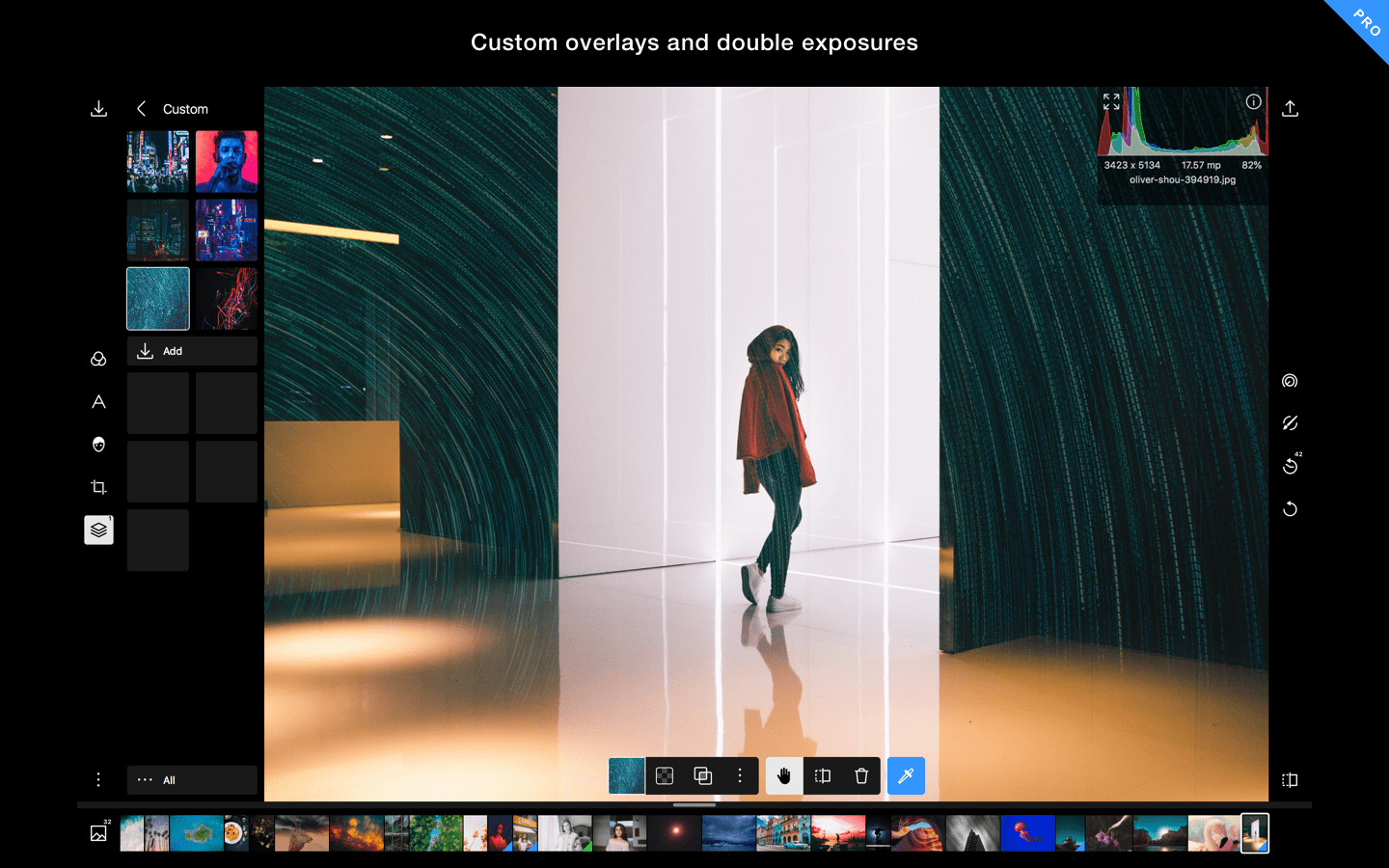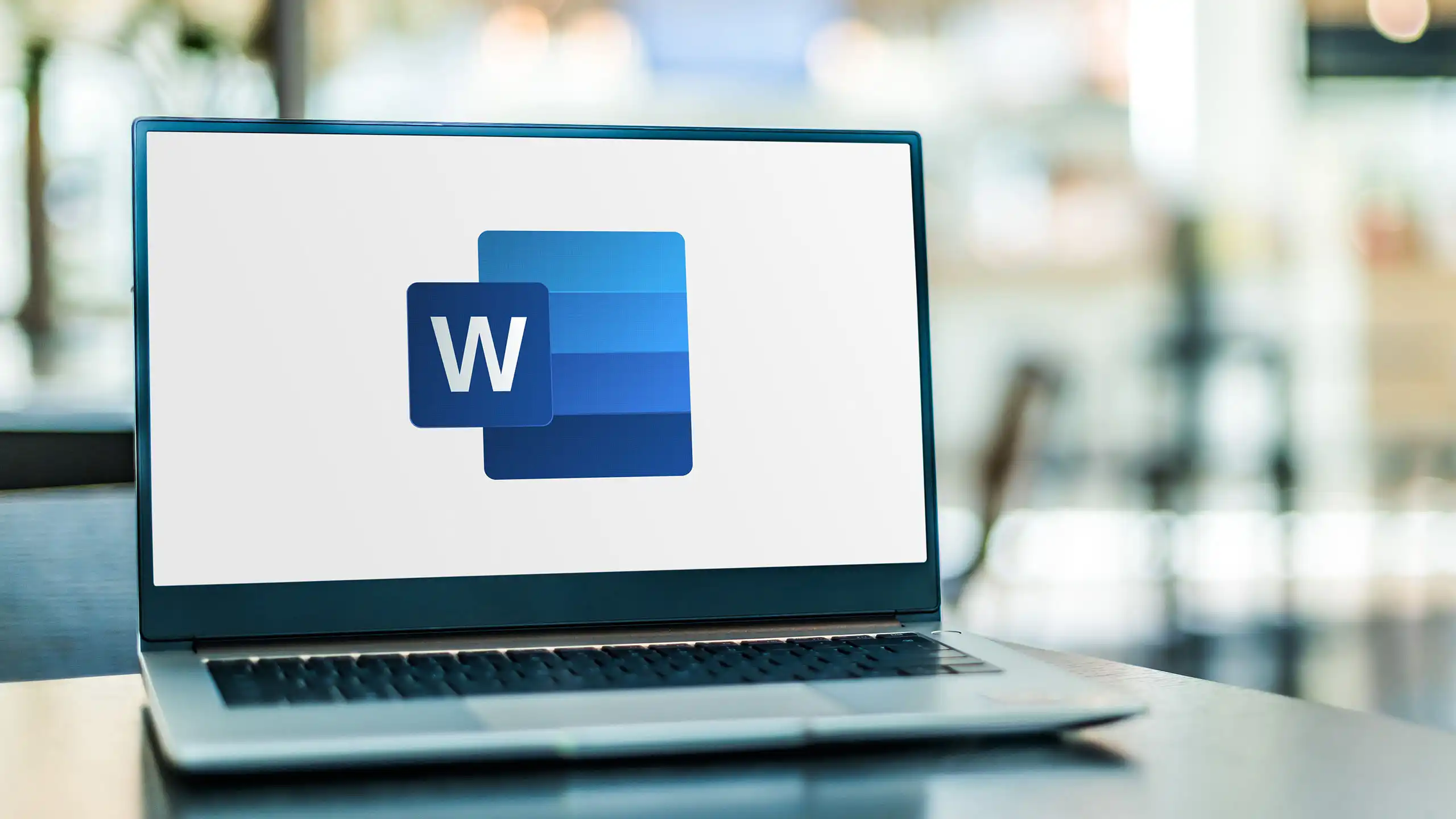Table of Contents
ChatGPT is a large language generation model developed by OpenAI. It is trained on a dataset of conversational text, and is able to generate human-like responses to a given prompt. It can be used for a variety of natural language processing tasks, such as conversation generation, language translation, and text summarization.
Features of ChatGPT:
ChatGPT is a variant of the GPT (Generative Pre-training Transformer) model developed by OpenAI. Some of its key features include:
- Pre-training: ChatGPT is pre-trained on a large dataset of conversational text, allowing it to generate human-like responses when fine-tuned for specific tasks.
- Large model size: ChatGPT uses a transformer architecture with 175 billion parameters, making it one of the largest language models currently available.
- Fine-tuning: ChatGPT can be fine-tuned on a smaller dataset for specific tasks, such as question answering or language translation.
- Generative capabilities: ChatGPT is able to generate a wide variety of text, including responses to prompts, summaries, and even entire passages of text.
- Multi-language: ChatGPT is trained on multiple languages, including English, Chinese, Japanese, and more.
- Open-source: ChatGPT is open-source, which allows developers to use and modify the model as they see fit.
How Does ChatGPT Work?
ChatGPT is based on the transformer architecture, which is a type of neural network that is particularly well-suited for processing sequential data, such as text. The model is trained using a technique called unsupervised pre-training, where it is fed a large dataset of conversational text and learns to predict the next word in a sentence.
During pre-training, the model learns to encode the meaning of the input text and generate a probability distribution over the vocabulary for the next word. Once pre-training is complete, the model can be fine-tuned for specific tasks by training it on a smaller dataset with labeled examples.
When given a prompt, ChatGPT generates text by sampling from the probability distribution it learned during pre-training. The model starts with an initial word or phrase and then repeatedly generates a new word based on the previous words in the sequence, until it reaches the desired output length. The generated text is then passed through a decoding process to convert it back into a human-readable format.
Overall, ChatGPT is an advanced and powerful language model that can generate human-like text and be fine-tuned to specific tasks.
Advantages of ChatGPT:
Some advantages of ChatGPT include:
- Generating human-like text: ChatGPT has been trained on a large dataset of human language, which allows it to generate text that is similar to human writing.
- Handling context: ChatGPT is able to understand and use context in the text it generates, which allows for more natural and cohesive responses.
- Personalization: ChatGPT can be fine-tuned on specific datasets, allowing for more personalized text generation.
- Ease of use: ChatGPT can be integrated into various applications and platforms, making it easy to use for a variety of tasks.
- Handling multiple tasks: ChatGPT can be used for a variety of tasks such as text summarization, question answering, language translation and language generation.
How to Use chatGPT for Customer Service:
There are a variety of ways that ChatGPT can be used to improve customer service, some examples include:
- Automated customer service chatbot: ChatGPT can be used to build an automated customer service chatbot that can answer common customer questions and provide assistance with basic tasks.
- Personalized product recommendations: ChatGPT can be fine-tuned on a dataset of customer purchase history, to give personalized product recommendations to customers.
- Text summarization: ChatGPT can be used to summarize customer feedback and complaints, making it easier for customer service representatives to quickly understand and address customer concerns.
- Language Translation: ChatGPT can be used to translate customer’s inquiries and complaints in different languages, making it easy for customer service representatives to understand and communicate with multilingual customers.
- Email generation: ChatGPT can be used to generate personalized and professional-sounding emails to respond to customer inquiries, which can help improve customer satisfaction and reduce response time.
FAQs About chatGPT:
- What is ChatGPT? ChatGPT is a large language model developed by OpenAI, it is trained on a massive dataset of human language and is able to generate human-like text, understand and use context in the text it generates, and can be fine-tuned for specific tasks.
- What are the uses of ChatGPT? ChatGPT can be used for a variety of natural language processing tasks such as text summarization, question answering, language translation, language generation and chatbot building.
- How does ChatGPT work? ChatGPT uses a transformer neural network architecture and is trained on a massive dataset of human language. The model is able to generate text by predicting the next word in a given sequence of words, based on the context provided by the previous words.
- Is ChatGPT pre-trained? Yes, ChatGPT is pre-trained on a large dataset of human language, and can be fine-tuned on specific datasets to improve its performance on specific tasks.
- Is it possible to use ChatGPT for my language? ChatGPT is trained on English text, but it can be fine-tuned on any other language dataset to generate or understand text in that language.
- How can I access ChatGPT? You can access ChatGPT via OpenAI’s GPT-3 Playground or by using OpenAI’s API (Application Programming Interface) in your own application.
Conclusion:
ChatGPT is an AI language model trained by OpenAI. ChatGPT is designed to assist with a wide range of tasks, including answering questions, generating text, and completing prompts. ChatGPT abilities are constantly being updated and improved as new data is added to training set. If you have any specific questions or tasks you would like ChatGPT to help with, please let know.




